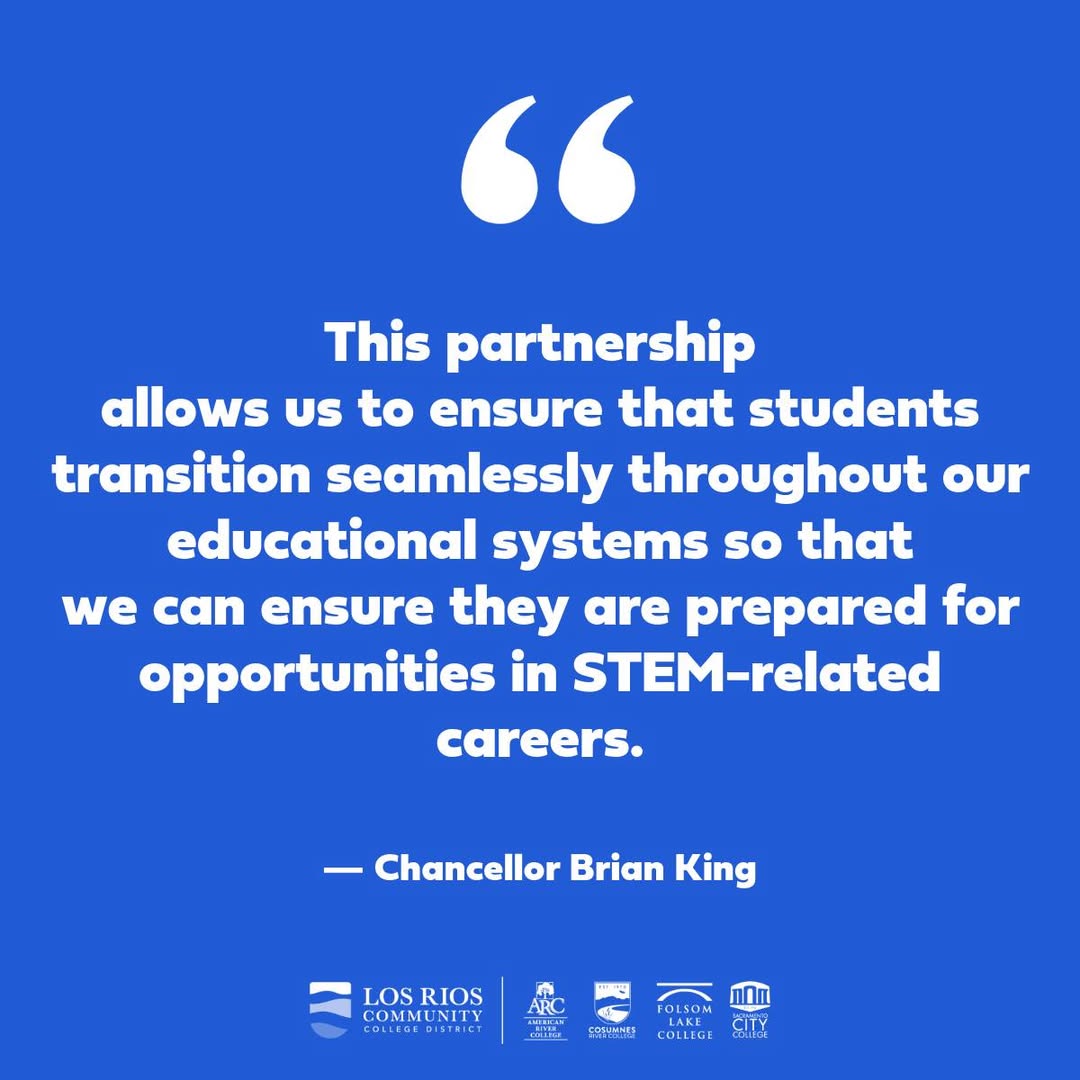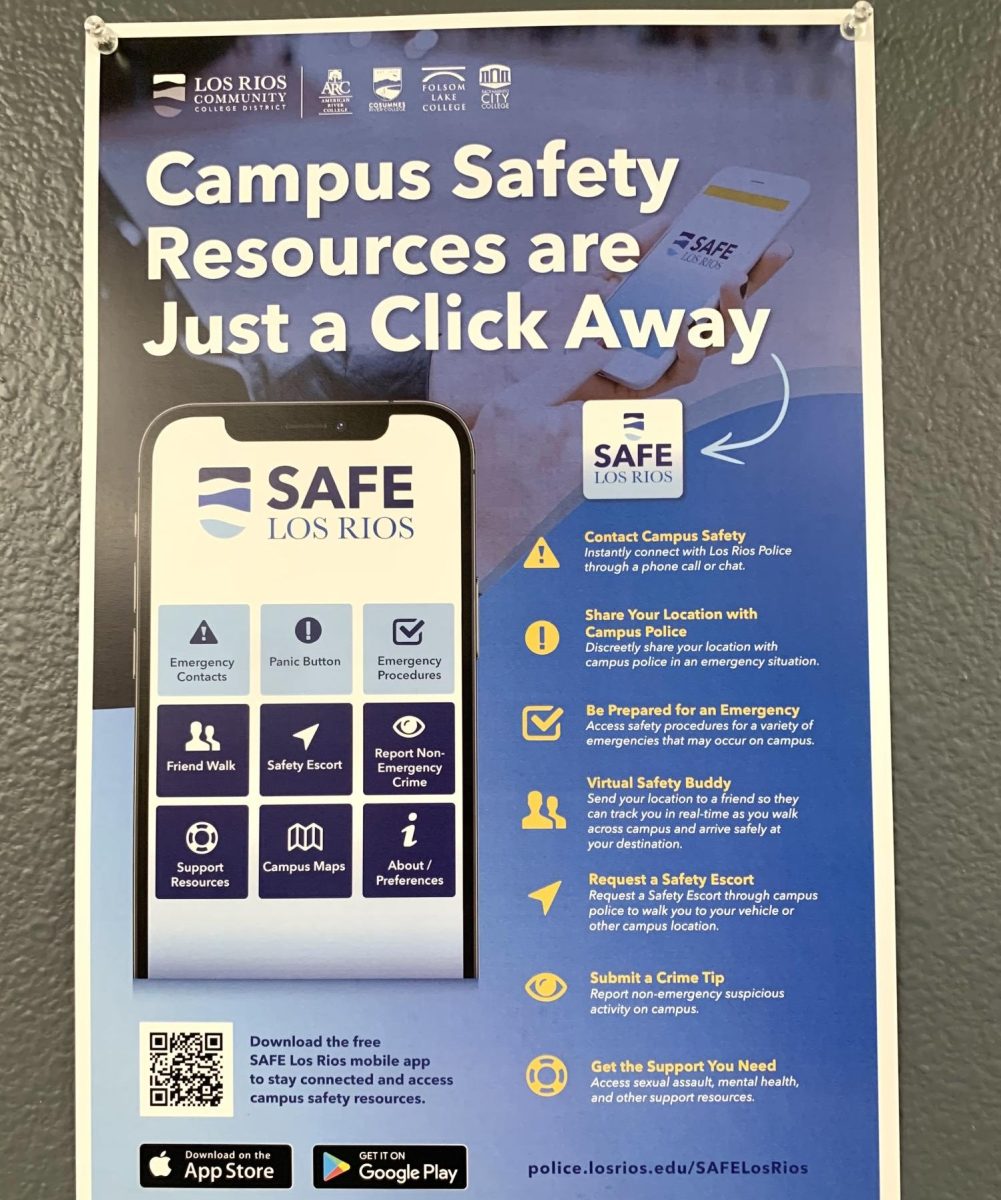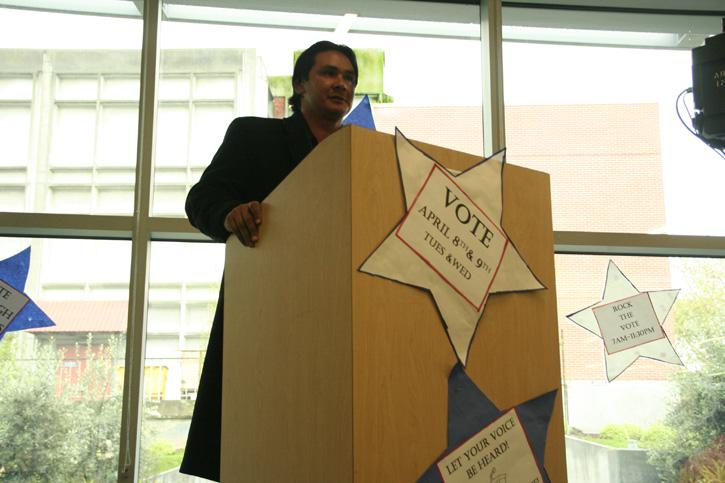Obama:
The backbone of President Barack Obama’s student loan reform centers on reducing private loans and increasing federal direct loans. Obama explained in his Democratic National Convention speech that this would allow students to borrow directly from the government; eliminating the risk of taking out high-interest loans they can’t pay back. Also included in Obama’s plan is student loan forgiveness. Beginning in 2014, students taking out a first time federal loan will pay 10 percent of their expendable income per month for 20 years. Students that make regular payments will have the remainder of their debt forgiven after the 20-year period. Students that work in public-service professions such as teachers, nurses or hold a government job will have the rest of their debt wiped after just 10 years. The president recently proposed making this plan available to students with existing federal loans as well. In addition, Obama’s plan includes a tax increase to help fund the expansion of the Pell Grant.
Romney:
Republican presidential hopeful Mitt Romney is pushing for more involvement from private loan companies, while decreasing or even eliminating federal student loans. According to Romney’s “A Chance for Every Child,” government money would be given to banks to issue private student loans. Romney is supporting reforms that will make information about schools more accessible to prospective students as well. He believes that informed students are more likely to make an educated decision and not overpay for a degree. This will force colleges to charge prices that accurately represent the quality of the education, and potentially lower costs of higher education. Romney is also highlighting the benefits of community colleges and occupational degrees, explaining that for many jobs a four-year degree is not necessary. He plans to tighten the qualifications for the Pell Grant, making it available only to the most in-need students and lowering the maximum amount granted. Romney’s plan relies on the idea that students will make informed decisions regarding student loans and school choices.
Editor’s Note: In the spirit of fairness, all information used to inform this article has been taken directly from the candidates’ websites and/or speeches.














